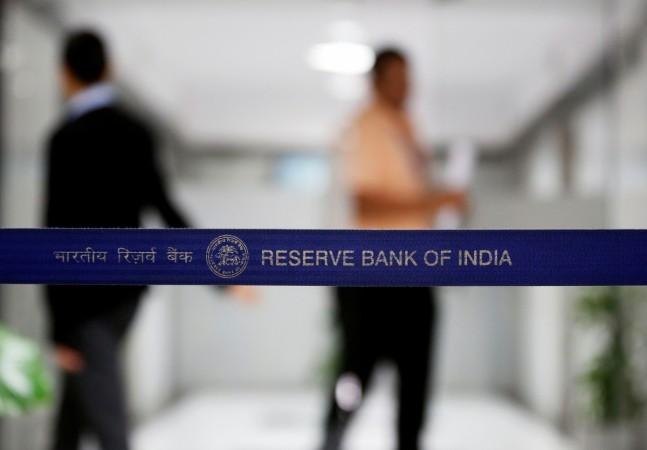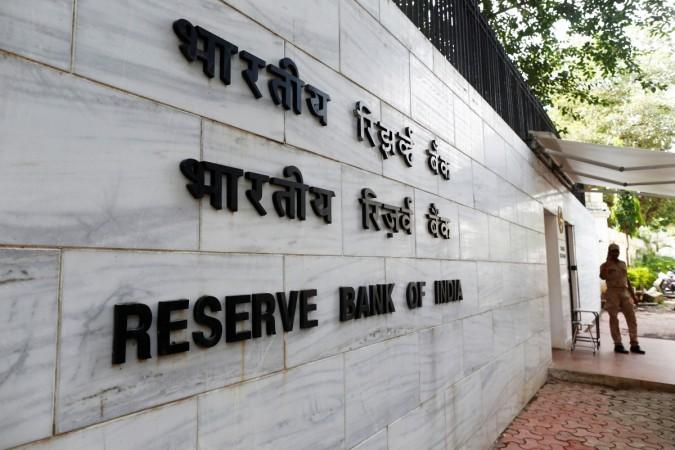
India has seen the largest bond outflows in Asia this year, and investors say the RBI's laconic communication has added uncertainty in an already challenging environment for emerging markets, especially those countries running current account deficits.
The Indian rupee hit a record low of $69.13 on Friday and has fallen 7 percent so far in 2018, the most in Asia. Bond outflows totalled around $6 billion this year, the heaviest in the region, although foreign investment in the debt market is capped at 5.5 percent of India's roughly $760 billion of issued debt in the fiscal year ending March 2019.

During emerging market weakness in the last three months, RBI Governor Urjit Patel made only one passing reference to the rupee. By contrast, many central banks in Asia, from China to the Philippines, have publicly reassured investors that foreign exchange stability was an important policy objective.
Investors say a central bank's signals give them a sense of how uncomfortable they are with market pressure and offer valuable context about policymakers' thinking and decisions. When there are few explanations and guidance is scarce, investors price in an uncertainty premium, investors said.
Total returns on Indian bonds this year are negative 4 percent, one of the worst in Asia after outperforming last year. "We have sold off most Indian assets and will prefer not to enter India in the short term until the macro-picture on pressure on the rupee, fiscal slippage and current account deficit becomes clear," said Johnny Chen, a portfolio manager at NN Investment Partners in Singapore, who said he preferred Indonesia to India because of a stable rupiah.
To be sure, the RBI is not sitting idly. It increased rates by 0.25 percentage point in June, while forex reserves have dropped by $20 billion, or 5 percent, from April peaks after the central bank sold dollars to support the rupee. That seems to signal RBI's discomfort with the pace of the rupee's weakening.
But critics say simply saying so could have saved the RBI some money.
The central bank's opaque communications have been a long-running source of frustration for market participants. For instance, although the RBI sounded dovish in its April policy statement, the minutes released two weeks later included hawkish comments by deputy governor Viral Acharya, pushing bond yields sharply up and sending the rupee to one-year lows.
Open and consistent communication "gives investors comfort when they understand how the authorities are thinking about risks," said Cristiana de Alessi, senior emerging markets fixed income portfolio manager at BNP Paribas Asset Management in London.

Patel, who has given six public speeches since taking office in September 2016 and who typically takes seven to eight questions in his 15-minute news conferences, also came under severe criticism for not addressing the controversial high-value banknote ban in late 2016.
The move by the government had severely disrupted the supply of notes, hurting employment and growth, and pulled the rupee down to a record low in November 2016.

















